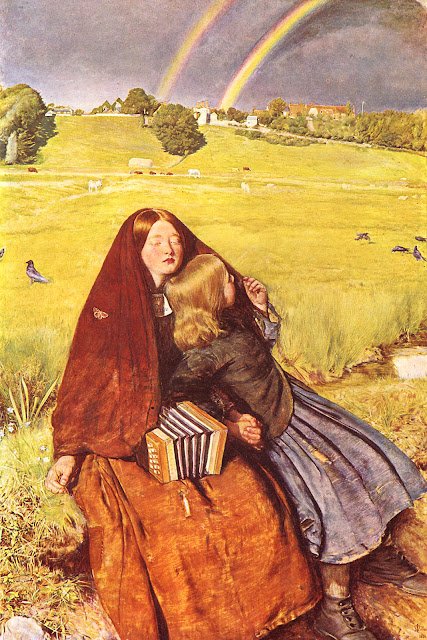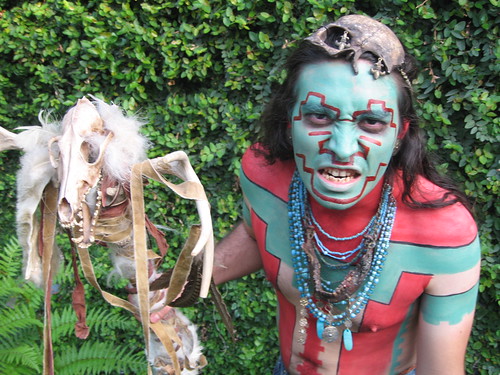 |
| Source |
To understand what agnosia is, we must first understand what
gnosia is. Gnosia, according to the dictionary is the perceptive faculty enabling one to recognize the form and the
nature of the persons and things.
So agnosia is a loss of ability to recognize different
things like: objects, persons, sounds, shapes, and even smells. However, the
sense organ is not defective and there is also no significant memory loss
involved. The whole thing is actually associated with brain injury and
neurological illness, mostly occipitotemporal border (a part of the ventral
stream).
Agnosia will usually result from strokes, dementia, head
injury, brain infection, but it can also be hereditary. There are some forms of
agnosia that are genetic, for example dyslexia.
There are many types of agnosia which can be divided into 4
groups:
1- Auditory agnosia
This form of agnosia manifests in the inability to recognize
or differentiate between sounds, but it has no connection with the hearing
organ. There are three main types of auditory agnosia:
Classical auditory agnosia – the person cannot process
environmental sounds such as animal noises or industrial noises.
Interpretative or receptive agnosia – the inability to
understand music, it is also called amusia.
Linguistic agnosia – the people cannot comprehend words but
they are capable of speech and they usually understand through sign language
and reading books. However, when they are spoken to, they cannot find meaning
in the sounds associated with the words.
2 - Tactile agnosia
This form of agnosia is manifested through an inability to
recognize objects when touching, with the eyes closed. They are usually linked
to injuries of the parietal lobe and the supramarginal gyrus.
Primary: The patients often cannot recognize the material
used for the object or recognize the form and dimension of the object.
Secondary: the patients can recognize all of the above but
they cannot recognize the object.
3 – Visual agnosia
The person cannot “see” objects although their sense organ
is not injured. There are different types of visual agnosia:
-
objects
-
images
-
spatial
-
graphic symbols
-
associative
- prosopagnosia or face blindness
- blind sight
- blind sight
If you’ve read The man
who mistook his wife with a hat by Oliver Sacks you will recognize visual
agnosia.
4- Body image agnosia
The person who suffers from this type of agnosia will lose
their perception, recognition and representation of the existence of his body.
This can be a total body image agnosia or a partial one.
-
asomatognosia – the person cannot recognize
parts of their body
-
autotopagnosia - inability to localize and orient different parts of the body (it is linked to
the parietal lobe of the left cerebral hemisphere)
-
finger agnosia – inability to distinguish the
fingers on the hand (present in lesions of the dominant parietal lobe and a
component of Gerstmann syndrome)
Further reading:
PS: I wrote a guest post here http://cooking-varieties.blogspot.com/
so check that out too and I also got a blogging award :D which is great. Thanks
Wan!




































